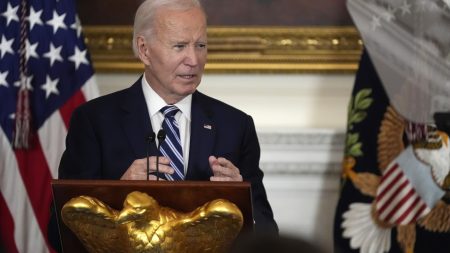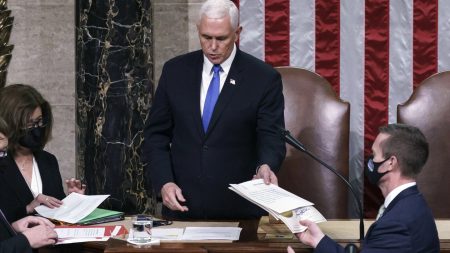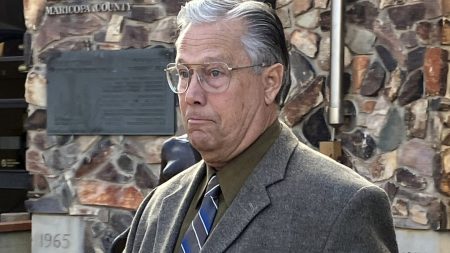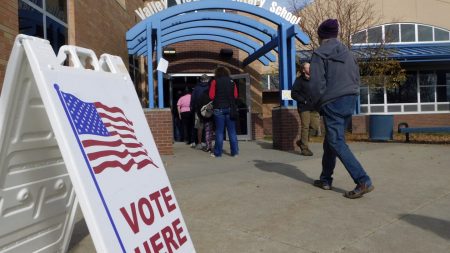The recent election in Minnesota has resulted in a divided government, with Republicans making gains that now tie control of the House at 67-67, while Democrats maintain a one-seat majority in the Senate. The potential deadlock is due to closely contested races in several key districts. Recounts in legislative races rarely change outcomes in Minnesota, according to the Legislative Reference Library, but the possibility of recounts looms in races with narrow margins.
Despite the potential for gridlock, both Democratic and Republican leaders are trying to strike a positive tone and express optimism about the future. The main task for the 2025 session will be passing a balanced budget, and discussions on power-sharing agreements and leadership roles are already underway. Republican leaders see the tie in the House as an opportunity for balance after two years of Democratic control, emphasizing the need to work together for the benefit of all Minnesotans.
Minnesota has a history of divided government, and power-sharing agreements have been struck in the past to navigate such situations. While the 2019 session was productive despite divided government, this latest development poses new challenges. Democrats gained their trifecta in the 2022 election, enacting a series of priorities, but the balance of power has shifted again. Both parties are now faced with the task of finding common ground and working together to address the needs of the state.
Past instances of a tied House in Minnesota have led to power-sharing agreements that initially worked fairly smoothly but later faced challenges. Leaders are looking to past examples and studying how shared power has worked in other legislatures to find a better model for cooperation. Tied chambers are not uncommon nationwide, and the experience of other states suggests that deadlocked legislatures can often lead to productive outcomes.
As leaders in Minnesota navigate this new era of divided government, the focus is on finding ways to collaborate and move forward on key issues facing the state. The history of past power-sharing agreements and tied chambers provides a roadmap for working through challenges and ultimately finding solutions that benefit all residents. The coming months will be crucial in determining how lawmakers can effectively work together in a politically divided environment to address pressing issues and serve the best interests of the state.















